Spotted Knapweed
Information
Centaurea maculosa - Asteraceae Family - Biennial or short lived perennial
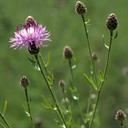
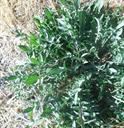
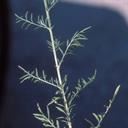
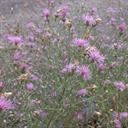
Identification
- Flowers: Flowers are pink or purple colored. Bract tips have black triangular spots.
- spines with the terminal spine being distinctly longer. Sometimes can have black spots, but will always have a terminal spine.
- Seeds: Preventing seed production is imperative to control of all knapweeds! Typically, seeds can remain viable up to eight years. Seeds below depths of one and a half inches will not germinate until the soil is disturbed.
- Leaves: Leaves are blue-green, deeply lobed, and sparsely arranged along the stem.
- Flowering Time: June to October.
- Life cycle/other: Can germinate in the spring and fall. Spotted knapweed is a biennial or short-lived perennial.
Impacts
- Knapweeds are highly competitive plants that can exclude more desirable plants and form large, dense infestations.
- Spotted knapweed threatens wildlife habitat and pastures because of its ability to quickly move from disturbed sites into relatively undisturbed, beneficial plant communities.
- During the winter, knapweed plants will break off at the base of the stem and form tumbleweeds. These tumbleweeds are blown around by the wind therefore spreading seed to un-infested areas.
- Knapweed invasions cause losses averaging up to 63 percent of available grazing forage.
Control
Most effective control methods
- Knapweeds are readily controlled with herbicides. However, the weeds will reinvade unless cultural techniques are used!
- For small sites with limited distribution, pull or dig up plants and remove as much root as possible so the plant will not re-sprout. Roots tend to break off four to six inches beneath the ground.
- Carefully monitor sites throughout the growing season to remove missed plants. Expect the level of control work to be intensive for the first several years due to seed banks and the soil disturbance that occurs when pulling or digging.
- Larger infestations can be treated with an appropriate herbicide for the site. Monitor the site throughout the growing season to catch any missed plants.
- Weed scientists at both Montana State University and Colorado State University indicate that 1 pt/A of Tordon (0.25 lb) controls spotted knapweed for two to three years, but the weed will reinvade the area unless other management techniques are used.
- Livestock (sheep, goats, cattle) will eat knapweed.
- Mowing alone is not recommended for control. Since the plant has the ability to flower below the mower height, mowing alone will not prevent seed production.
Control Methods and timing
| March | April | May | June | July | Aug | Sept | Oct |
|---|---|---|---|---|---|---|---|
|
Mech Chem |
Mech Chem |
Mech Chem |
Prev |
Prev |
Prev Mech Chem |
Prev Mech Chem |
Prevention (Prev) Monitor and destroy new plants before seed production.
Mechanical (Mech) Hand pulling, digging, cutting, mowing and tilling.
Cultural (Cult) Biological control agents, livestock grazing, and revegetation practices.
Chemical (Chem) Selective herbicides based on the plant and the specific location. Check our weed fact sheets for specific control information.
Large Images
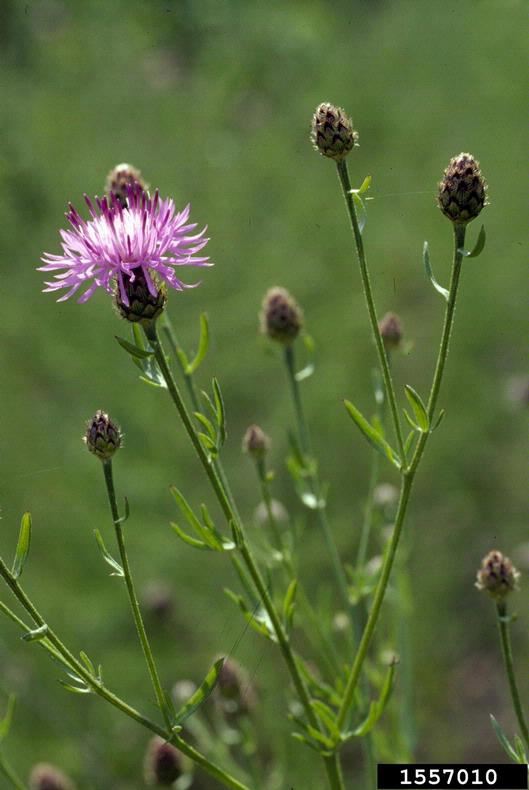
Spotted knapweed: flowers
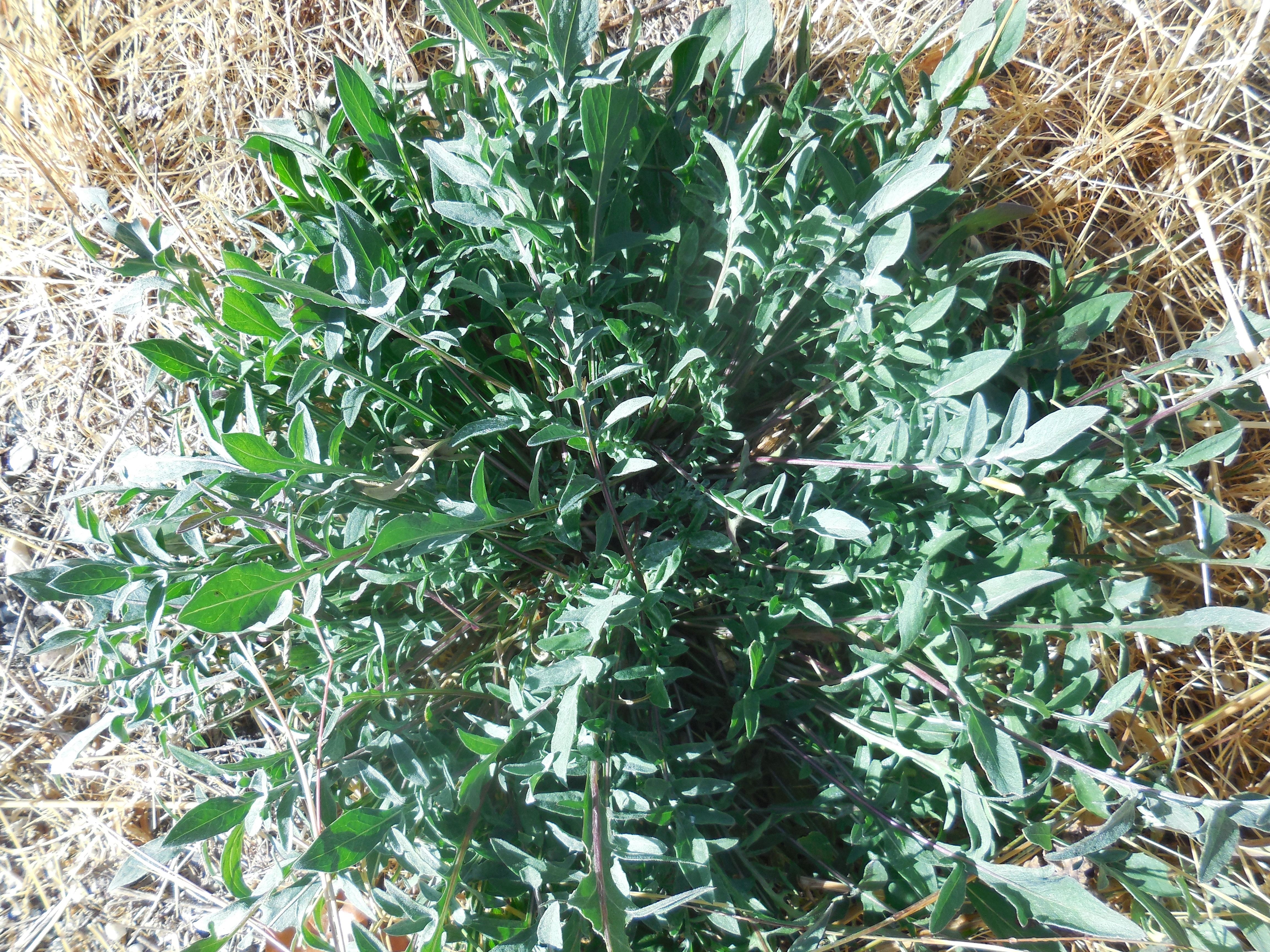
Spotted knapweed: rosette
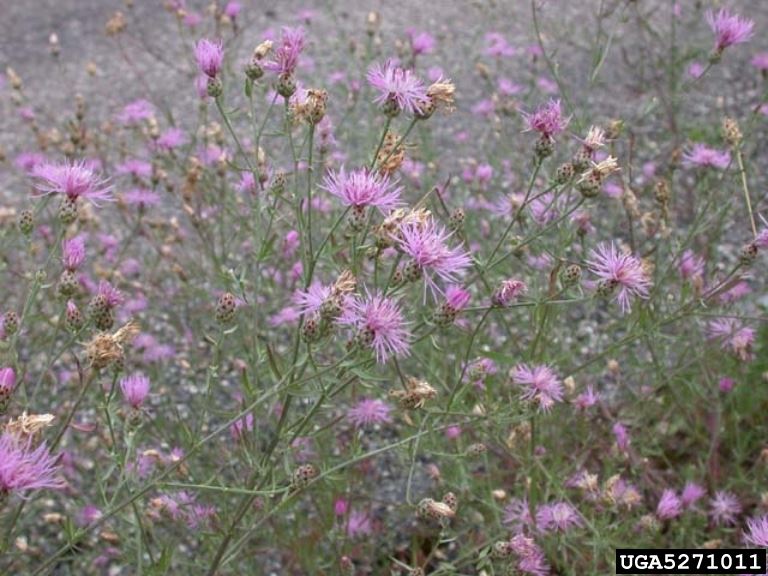
Spotted knapweed: flowers going to seed
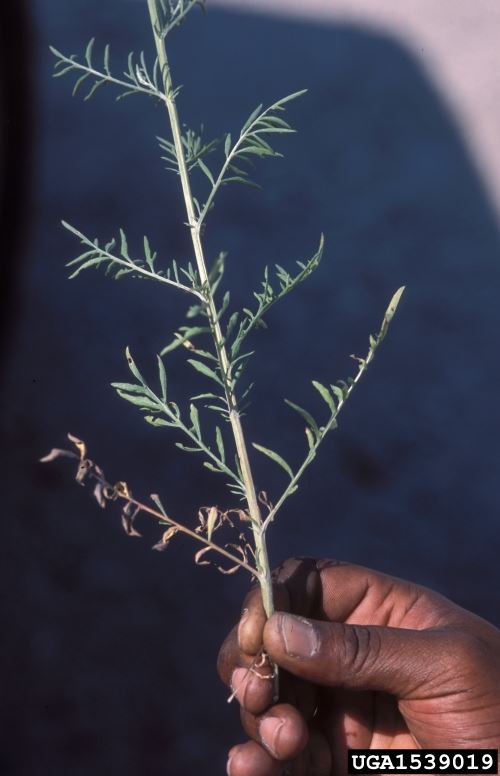
Spotted knapweed: stem and foliage
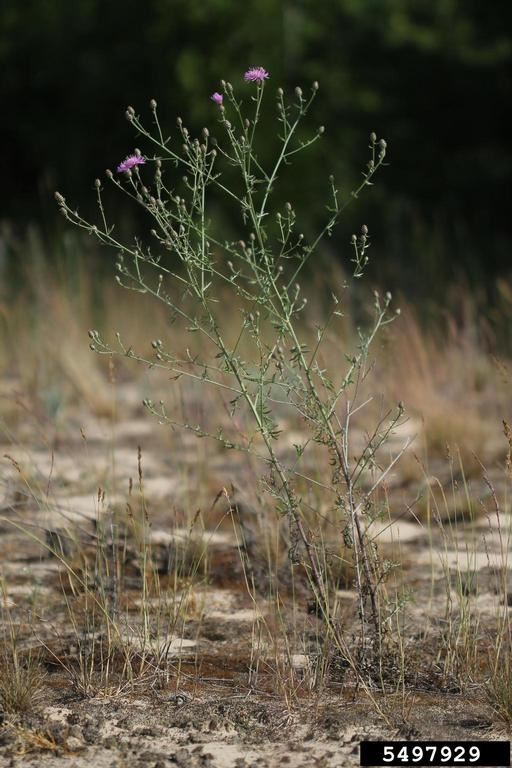
Spotted knapweed
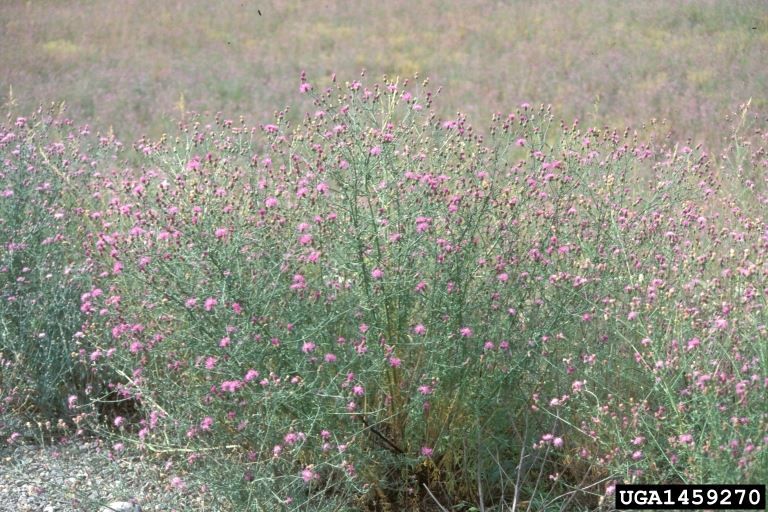
Spotted knapweed: infestation
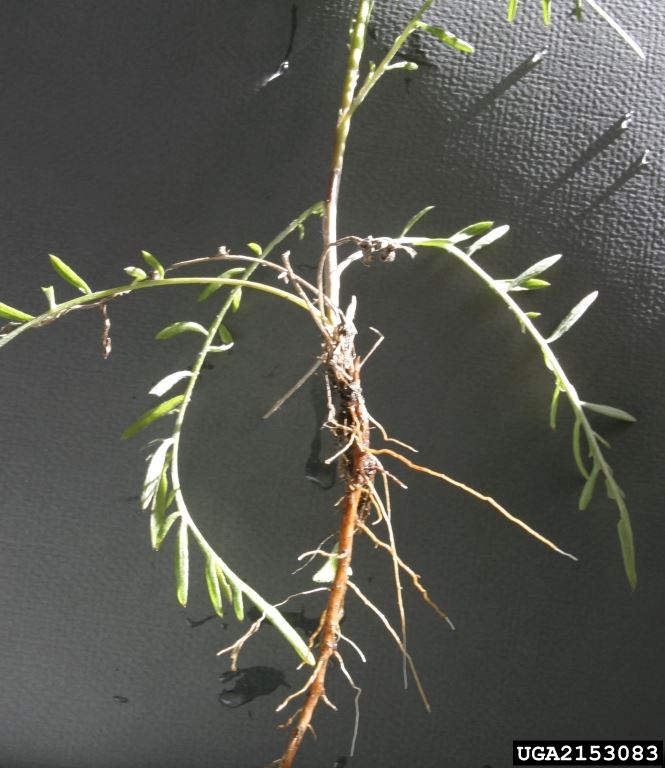
Spotted knapweed: roots and foliage
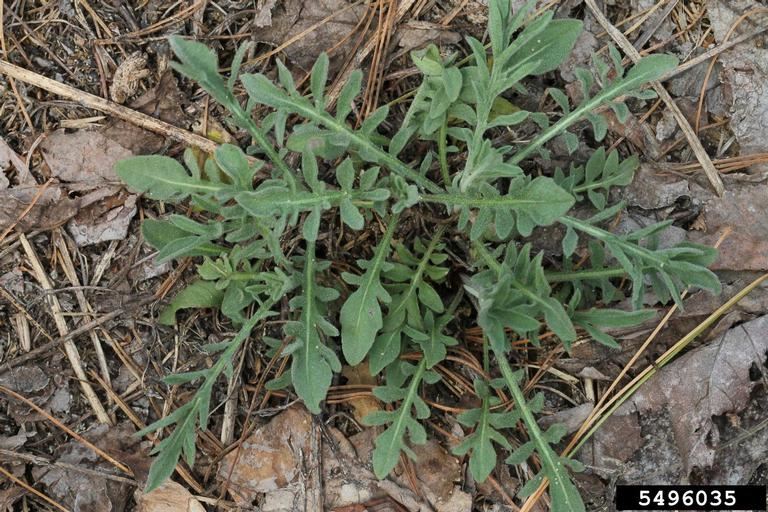
Spotted knapweed: seedlings
Resources
-
References
Beck, K.G. (2013, November). Diffuse and spotted knapweed – 3.110. Retrieved from http://extension.colostate.edu/topic-areas/natural-resources/diffuse-and-spotted-knapweed-3-110/
DiTomaso, J.M., G.B. Kyser et al. (2013). Weed Control in Natural Areas in the Western United States [PDF file]. Weed Research and Information Center, University of California. Retrieved from https://wric.ucdavis.edu/information/natural-areas/wr_C/Centaurea_stoebe.pdf View PDF
Duncan, C. (2018, March 7). Spotted knapweed management with herbicides. Retrieved from https://www.techlinenews.com/articles/2012/12/30/spotted-knapweed-management-with-herbicides
Invasive Species Compendium. (2018, June 28). Centaurea stoebe subsp. Micranthos (spotted knapweed). Retrieved from https://www.cabi.org/isc/datasheet/12040
Lym, R. (2018, April). Know your knapweeds. Retrieved from https://www.ag.ndsu.edu/publications/crops/know-your-knapweeds
Oregon State University. (2008, September). Knapweeds: Centaurea spp., Acroptilon repens [PDF file]. Retrieved from https://catalog.extension.oregonstate.edu/sites/catalog/files/project/pdf/ec1596.pdf View PDF
Wilson, L., & Randall, C. (2005, April). Biology and biological control of knapweed [PDF file]. Retrieved from https://bugwoodcloud.org/resource/files/6223.pdf View PDF




